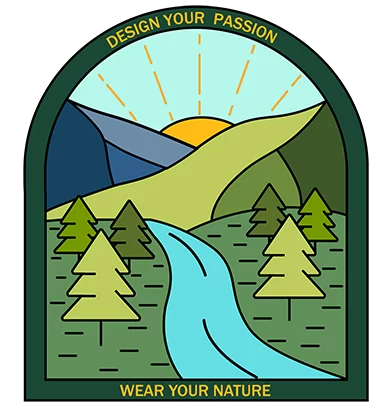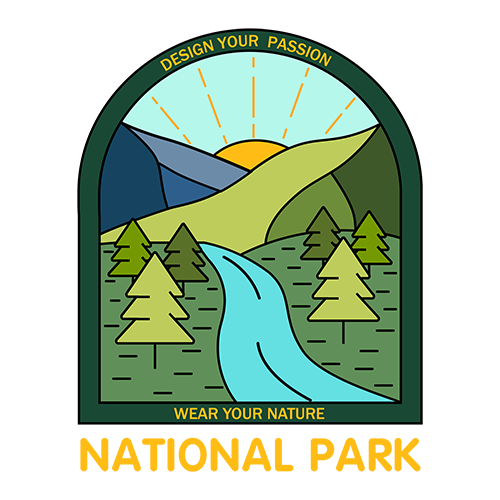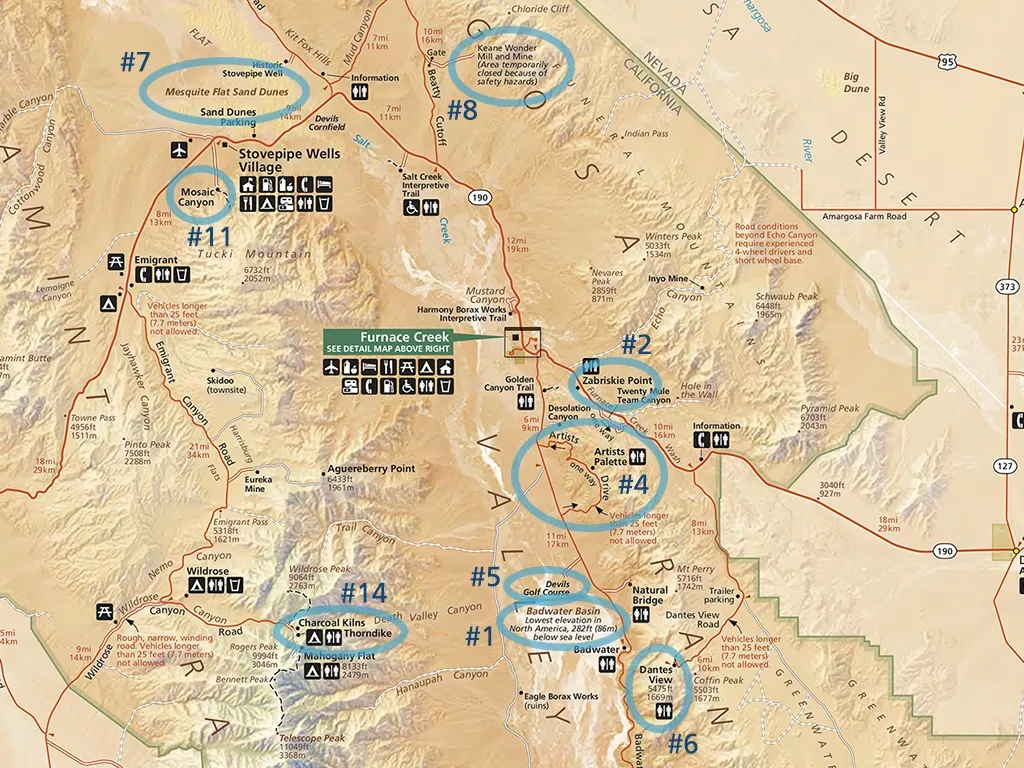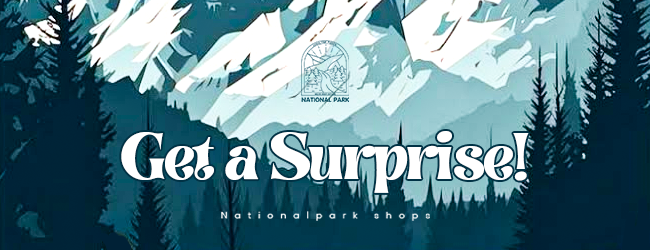Death Valley National Park

Death Valley National Park Overview
Death Valley National Park, the lowest, hottest, and driest park in America, attracts adventurous visitors with its extremes and mysteries, like the sailing stones. From vibrant wildflower blooms in spring to ghost towns, historic mining sites, wildlife, and natural beauty, the park offers something for everyone.
Designated a national monument in February 1933, Death Valley National Park saw early development thanks to the Civilian Conservation Corps (CCC). Between 1933 and 1942, twelve CCC companies enhanced the area by constructing trails, buildings, camps, and introducing phone and water services to some parts of the valley. Many of their creations are still in use today in the park.
Aside from its beauty and pioneer history, Death Valley was once a thriving mining hub for various minerals like gold, silver, copper, tungsten, lead, zinc, antimony, and borax. The Billie Mine, the last operating mine along Dantes View road, closed down in 2005.
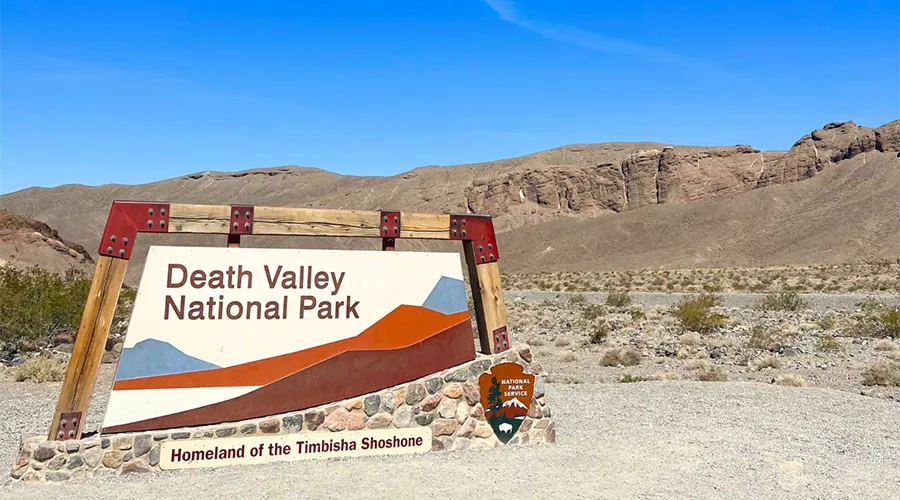
Things to do in Death Valley National Park
Death Valley’s unique landscape and history offer a diverse array of experiences for visitors. Whether you’re an avid hiker, a stargazer, or simply looking to absorb the desolate beauty of the desert, there’s something for everyone within its boundaries.
Sightseeing
Death Valley is a photographer’s paradise, with stunning vistas and unique geological formations that beg to be captured on camera. Some of the most popular sightseeing destinations include:
Zabriskie Point: A dramatic badlands landscape with sweeping views of the valley.
Dante’s View: A high-elevation overlook that offers panoramic views of the Badwater Basin and the salt flats.
Ubehebe Crater: A mile-wide volcanic crater that showcases the park’s volcanic past.
Badwater Basin: The lowest point in North America at 282 feet (86 meters) below sea level, featuring a vast expanse of salt flats.
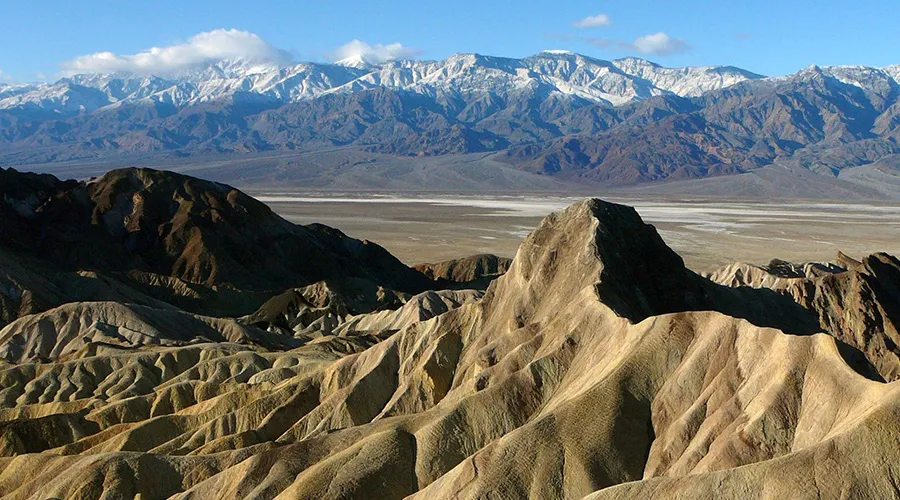
Night Exploration
Death Valley National Park is located far from cities and takes great care to preserve darkness, making it a perfect spot for stargazing. The park has been recognized by the International DarkSky Association at the highest Gold Tier level due to its exceptionally dark nights. Many celestial objects that can be seen from Death Valley are not visible in other parts of the world.
While most areas in the park away from accommodations, campgrounds, and main roads offer good opportunities for viewing the night sky, the top ranger-recommended locations for stargazing include Mesquite Flat Sand Dunes, Harmony Borax Works, Badwater Basin, and Ubehebe Crater.
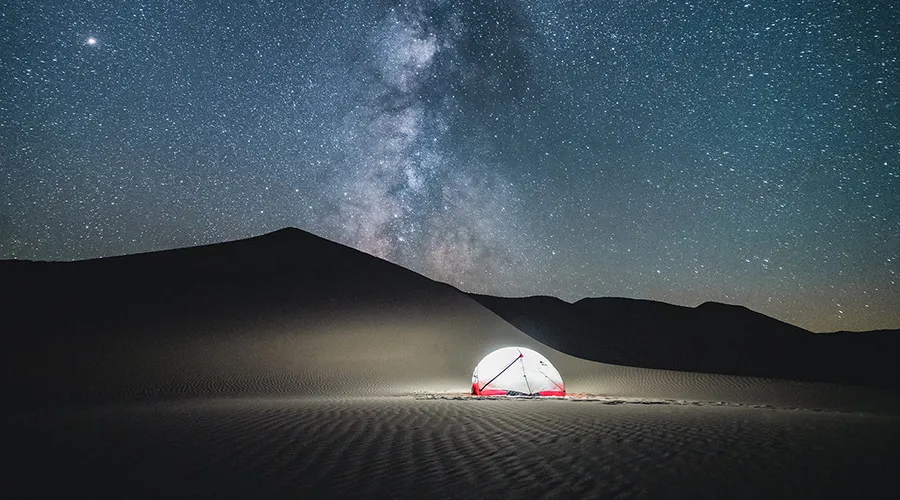
Self-guided Star Wars Driving Tour
Death Valley’s otherworldly landscapes have made it a popular filming location for various movies, including the Star Wars franchise. Visitors can embark on a self-guided driving tour to explore the locations used in films, such as:
Mesquite Flat Sand Dunes: Used as the planet Tatooine in the original Star Wars trilogy.
Dante’s View: Served as the backdrop for the planet Mustafar in Revenge of the Sith.
Desolation Canyon: Appeared as the planet Jakku in The Force Awakens.
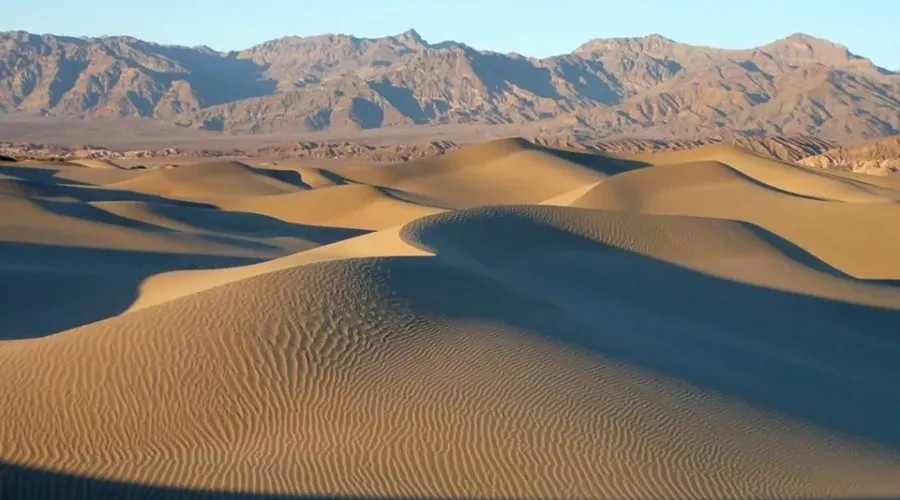
Backcountry Driving
Death Valley National Park has the highest number of roads compared to any other national park. Even though more than 93% of the park’s 3.4 million acres are preserved as roadless wilderness areas, there are still around one thousand miles of paved and dirt roads available for recreational activities and exploration.
Some popular backcountry driving destinations include:
Racetrack Playa: A dry lakebed known for the mysterious “sailing stones” that leave tracks across the surface.
Eureka Dunes: Towering sand dunes that are among the highest in the park.
Ubehebe Crater: A dramatic volcanic feature that can be reached via a challenging dirt road.
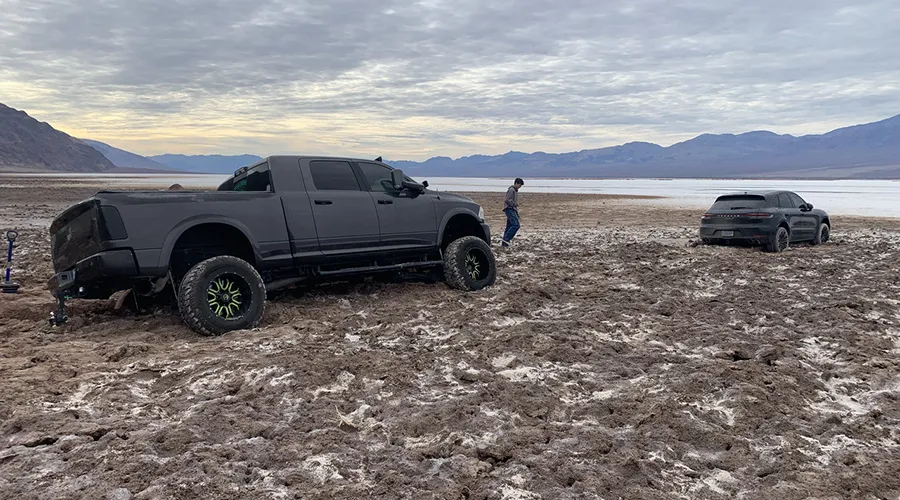
Watch Sunrise or Sunset
The desert looks most beautiful when the sun is near the horizon, showing off Death Valley’s various moods with soft colors during sunrise and sunset. Many stunning photos of Death Valley are taken in the early morning and late evening.
Although official sunrise and sunset times give a general idea, the actual timing can differ based on your specific location due to geographical features like mountains.
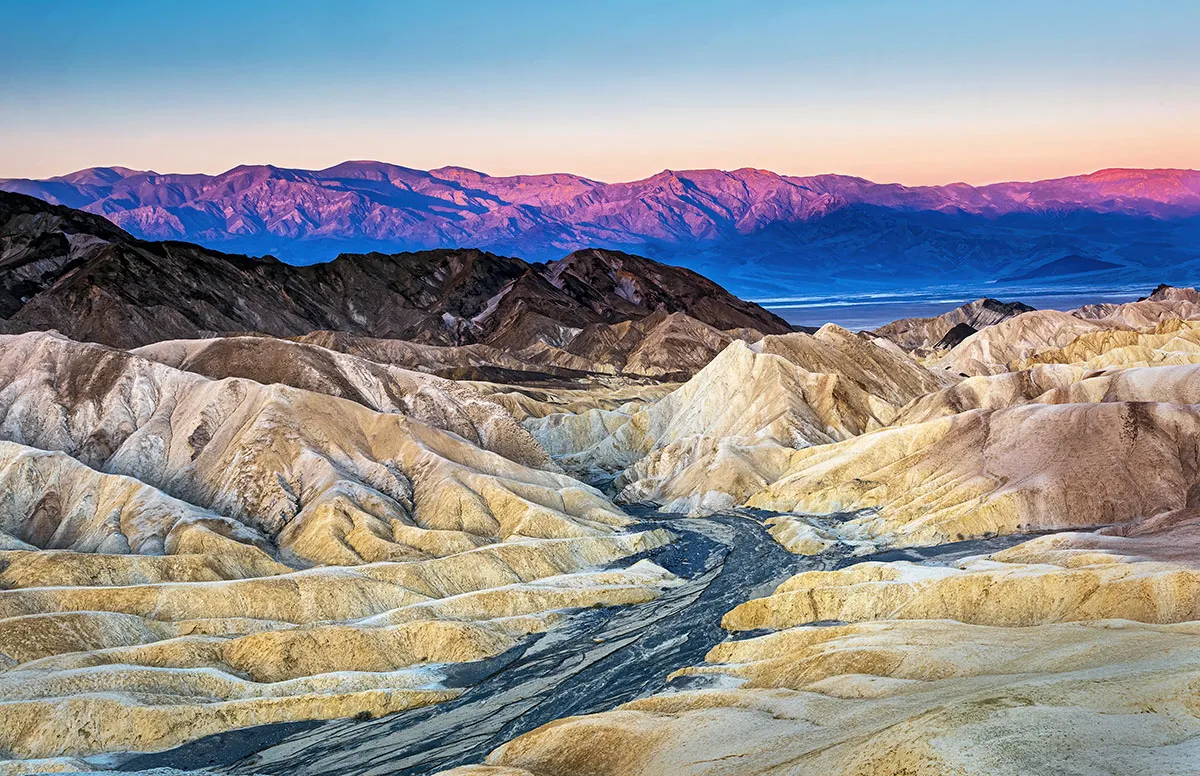
Explore Nearby Attractions
While in the area, consider exploring nearby attractions like Ash Meadows National Wildlife Refuge or the Amargosa Opera House. These destinations offer a different perspective on the region’s natural and cultural history. Ash Meadows is a haven for rare and endangered species, while the opera house offers unique performances in a desert setting.

Hiking
The ideal time for hiking in Death Valley is from November to March. Summer temperatures at lower elevations can be dangerous, and even in spring and autumn, the heat can be unbearable. It’s best to save low-elevation hikes for cooler winter days. High peaks offer a respite from the summer heat but are often snowy in winter and spring. If you plan to climb them during winter, ensure you have proper winter gear like clothing, an ice axe, and crampons.
Due to the dry climate, it’s crucial to drink more water in Death Valley than in other places, even during the cooler winter months. Always carry enough water – at least 2 liters for a short winter day hike, and 1 gallon or more for longer hikes in warmer weather or overnight trips.
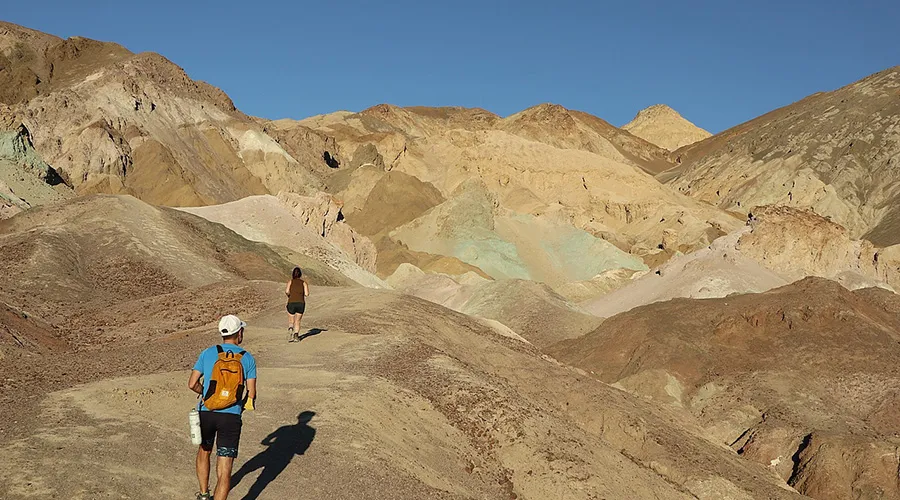
Road and Mountain Biking
Bicycles are permitted on park roads open to public vehicular traffic and designated bike routes in developed areas like the path from the visitor center to Harmony Borax Works. However, they are not allowed on service roads, off-roadways, in the wilderness, or on trails. Riding side by side on narrow park roads is both dangerous and prohibited.
Death Valley boasts over 785 miles of roads, with many miles suitable for Mountain Biking.

Running/Trail running
Death Valley offers a unique and extreme running experience with limited maintained trails but endless cross-country opportunities for rocky runs. The park has over 1,000 miles of paved and dirt roads, providing various options for runners. If you are confident in your navigation skills and safety measures, you can venture off into the landscape.
Most routes in Death Valley will have rocky terrain and uneven footing, making it ideal for improving technical trail running abilities. However, it’s crucial to remember that Death Valley is the hottest place on earth, so understanding your heat tolerance and preparing accordingly is essential.
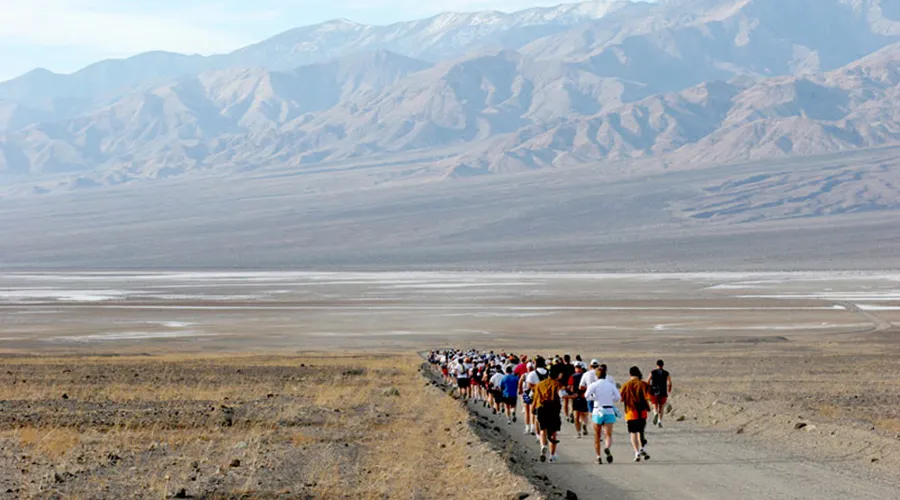
Places to stay in Death Valley National Park
Visitors to Death Valley National Park have a range of accommodation options to choose from, each offering a unique experience.
Camping
During the summer months, only a few campgrounds are open in Death Valley due to the extreme temperatures. Midnight temperatures can still exceed 100 degrees, making sleeping conditions uncomfortable for most visitors. The higher-elevation campgrounds tend to fill up on weekends throughout the summer.
All open campgrounds operate on a first-come, first-serve basis and do not have staff on site. You must visit the campground to find an available spot and then pay your fee at the self-help kiosk using a credit or debit card.
For a more pleasant overnight experience and to escape the summer heat in Death Valley, consider camping at higher-elevation campgrounds like Mesquite Spring, Emigrant or Wildrose.

Hotel and Resort
For visitors seeking a more comfortable and amenity-rich experience, Death Valley offers several hotel and resort options.
Panamint Springs Resort
Panamint Springs is a quaint resort in the picturesque Panamint Valley within Death Valley National Park. Guests can enjoy stunning views of distant sand dunes and the majestic 11,000-foot Panamint Mountains while dining and relaxing. The resort features 14 motel rooms, 1 cottage, a restaurant, campgrounds, an RV park, a gas station, and a minimart. The rooms are equipped with an evaporative cooling system, and some units also have their own AC window unit for added comfort.
- Address: Highway 190 Death Valley National Park, Furnace Creek, Death Valley National Park, CA 92328
- Price Range: From $159/night depending on the season and demand
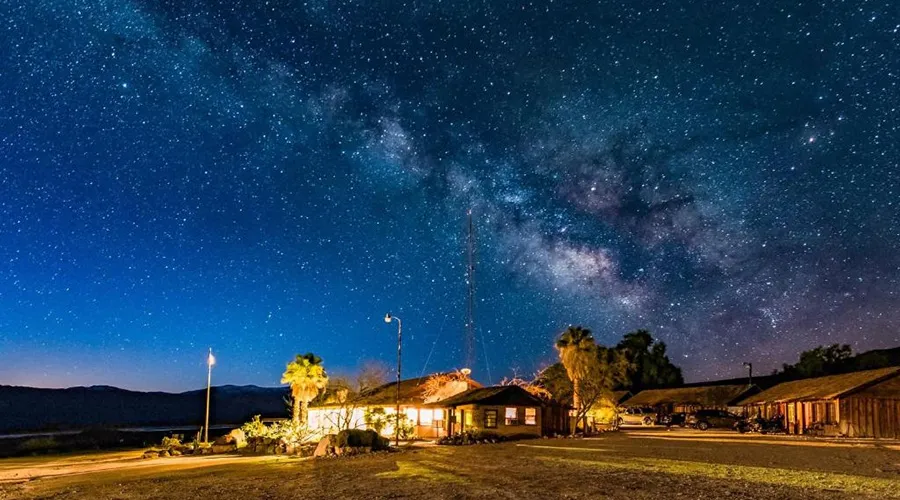
Stovepipe Wells Village Hotel (2.5-star)
Stovepipe Wells Village Hotels, situated in the center of Death Valley National Park, is the perfect place for adventure seekers and families looking to discover everything Death Valley has to provide. With a genuine Western feel, the hotel offers rustic yet cozy accommodations. It includes the Badwater Saloon and Tollhouse Restaurant, making it a distinctive full-service hotel. Stovepipe Wells Village provides various amenities such as a gas station and a well-equipped General Store, making it a one-stop destination for guests.
- Address: 51880 Highway 190, Death Valley National Park, CA 92328
- Price Range: From $170 – $249/night depending on the season and demand
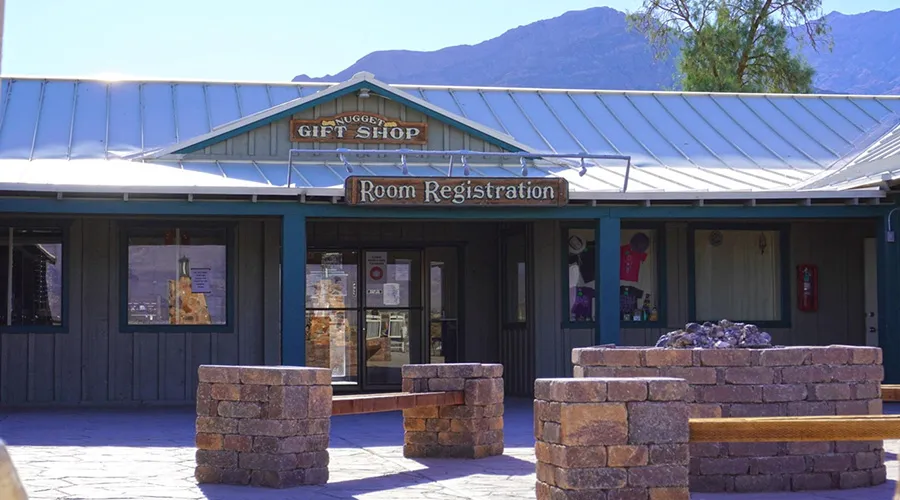
The Ranch At Death Valley (3-star)
The Ranch at Death Valley is located in Death Valley National Park, close to Las Vegas and Los Angeles. It offers comfortable accommodations with a casual, family-friendly atmosphere. The property has modern amenities like clean rooms, a swimming pool, sports courts, and a playground. Guests can also access the National Park Service Visitor’s Center and an 18-hole golf course nearby. It’s the perfect place to stay while exploring Death Valley National Park.
- Address: Highway 190 Death Valley National Park, Furnace Creek, Death Valley National Park, CA 92328
- Price Range: From $159 – $173/night depending on the season and demand

Dining
Despite the remote location of Death Valley National Park, visitors can find a variety of dining options to suit their needs.
The Inn at Death Valley Dining
The Inn Dining Room serves breakfast and dinner with beautiful views of the desert salt pans and Panamint Mountains. Weather permitting, dining is available on the Inn Terrace with unobstructed views. The menu features classic cuisine with regional flavors like cactus, citrus, date and pomegranate from the garden.
Address: Highway 190 The Oasis at Death Valley, Death Valley National Park, CA 92328
Open time:
- 7:00 AM – 10:00 AM
- 5:00 PM – 9:00 PM
- Prices range: $20 – $35
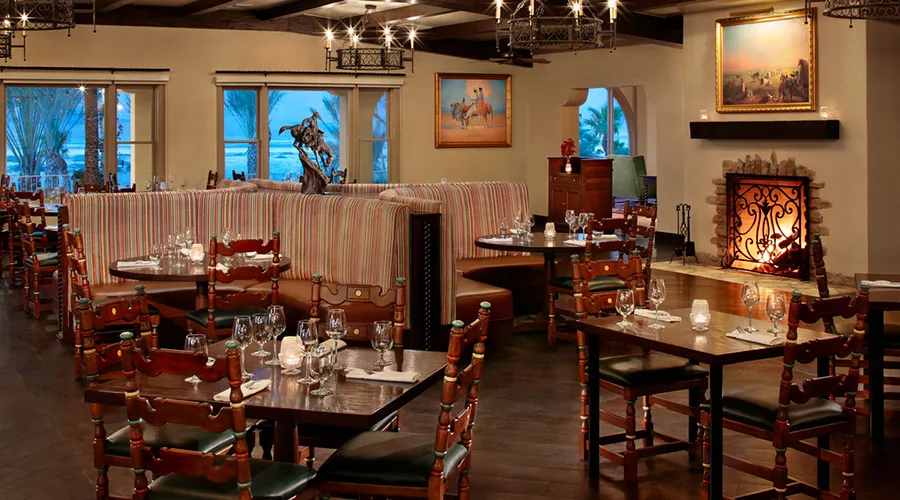
Toll Road Restaurant
The Tollroad Restaurant in Death Valley National Park offers a diverse menu with American classics and lighter options for breakfast, lunch, and dinner. It is conveniently located for park visitors staying in lodges or campgrounds, providing a unique dining experience in one of the hottest places on Earth.
Address: 51880 Highway 190 Stovepipe Wells Village, Death Valley National Park, CA 92328
Open time:
- 7:00 AM – 10:00 AM
- 5:30 PM – 9:00 PM
- Prices range: $5 – $35
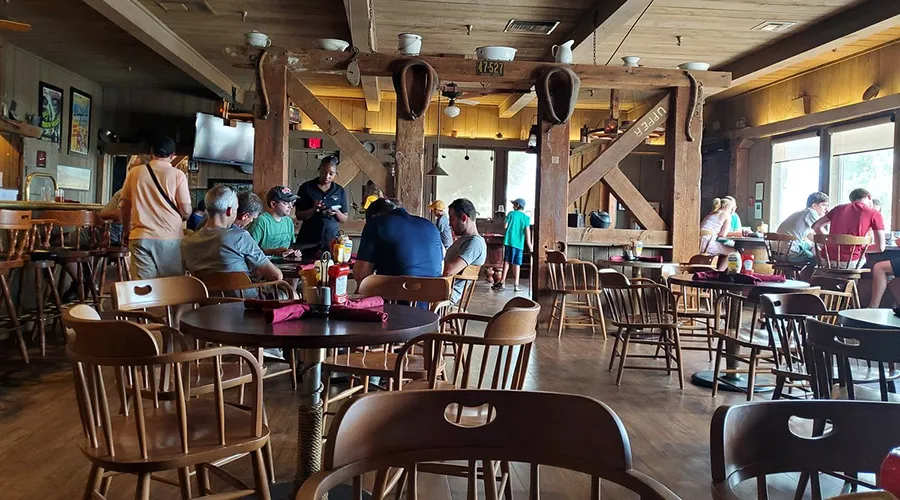
Panamint Springs Resort Restaurant
Panamint Springs Resort is a cozy western-style resort in Panamint Valley, Death Valley National Park. It offers lodging, camping, RV services, a restaurant, a bar, a gas station, and a general store. The resort serves delicious meals with a stunning view of the valley from the porch.
- Address: Highway 190 31 mi west of Stovepipe Wells, Death Valley National Park, CA 93556
- Open time: 7:00 AM – 8:30 PM
- Prices range: $10 – $30

Planning Your Trip to Death Valley National Park
Visiting Death Valley National Park requires some advanced planning to ensure a safe and enjoyable experience.
Visiting Time
Spring is the best time to visit Death Valley for wildflowers and sunny days. The Death Valley Dark Sky Festival in spring is also popular.
Summer is too hot for most visitors, but some still come. Lodging and camping are available, but it’s best to avoid low elevations. Hiking trails like Telescope and Wildrose Peaks are best in summer.
Fall brings pleasant temperatures and clear skies to Death Valley. Camping season starts, along with Ranger Programs. It’s less crowded, except before the Death Valley 49ers Encampment and Thanksgiving holidays.
Enjoy cool days, chilly nights, and occasional rainstorms in the valley during winter. Snow covers high peaks, creating a beautiful landscape. The period between Thanksgiving and Christmas is the least crowded time to visit. Peak winter periods are Christmas-New Years, Martin Luther King Day weekend in January, and Presidents Day weekend in February.
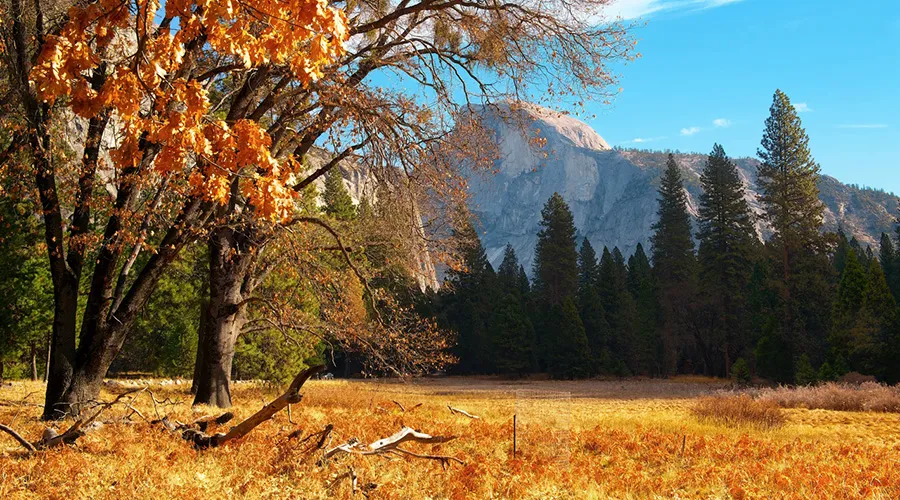
Transportation
Getting to and around Death Valley National Park can be a logistical challenge. The park is accessible by car, with the main entrance located off California Highway 190. Visitors should be prepared for driving on long, remote roads, and may need a high-clearance or four-wheel-drive vehicle for some backcountry areas.

Conclusion
Death Valley National Park is a truly unique and fascinating destination, offering visitors a chance to experience one of the most extreme and diverse environments on Earth. From the towering sand dunes and rugged canyons to the star-filled night skies and rich cultural history, there is something to captivate every visitor. With careful planning and a spirit of exploration, visitors can fully immerse themselves in the park’s stunning landscapes and uncover the magic that lies within this remarkable national treasure.
Death Valley National Park Photos
Q&A for Death Valley National Park
Don’t miss Badwater Basin, Zabriskie Point, Mesquite Flat Sand Dunes, and Dante’s View for some of the most stunning views in the park.
Pets are allowed in developed areas but not on trails or in the backcountry. They must be kept on a leash at all times.
Yes, there is an entrance fee. As of now, the fee is $30 per vehicle for a seven-day pass. Annual passes are also available.
Essentials include plenty of water, sun protection (hat, sunscreen, sunglasses), sturdy hiking boots, and a detailed map. Be prepared for extreme temperatures and carry extra food and supplies.
Yes, but the best times to visit are from October to April when temperatures are cooler. Summer can be dangerously hot.
Yes, ranger-led programs and guided tours are available. These can enhance your understanding and enjoyment of the park.
While solo hiking is possible, it’s safer to hike with a companion. Always inform someone of your plans and carry plenty of water and a map. Avoid hiking during the heat of the day.
A basic tour of the park can take a full day. If you’re exploring multiple attractions or engaging in activities like hiking, plan for several days.
Yes, the park is home to several unique species adapted to the extreme environment, including the Death Valley pupfish and desert bighorn sheep.
